Our Radiologists
We know that accurate answers are the most important factor in choosing an imaging provider. At Cardinal Points Imaging, we provide the highest level of expertise, experience and dedication to providers and their patients.
All exams performed at our locations are reviewed and interpreted by sub-specialized radiologists. Our radiologists are sub-specialized in body (thoracic and abdominal), breast/mammography, musculoskeletal, neuroradiology and interventional radiology. The additional training, experience and expertise of Cardinal Points Imaging’s radiologists make them uniquely qualified to diagnose complicated conditions that may go undetected by someone with less training and provide confident results to critical health screening exams.
With this expertise on our team, we elevate care by consistently offering the following benefits:
-
Interpretations by sub-specialized radiologists for every exam, every time.
-
Potential expanded hours for contrast studies for greater appointment access.
-
Enhanced breast radiology services with every mammogram read by specialized breast radiologists and expanded diagnostic and screening exams for more streamlined access to care.
Meet Our Radiologists
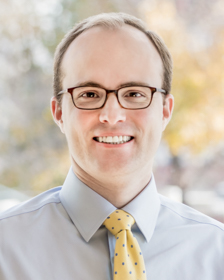
William Derry, MD
Medical Director
Medical School: University of Virginia, Charlottesville, VA
Residency: Diagnostic Radiology, University of California, LA
Fellowship: Musculoskeletal Imaging
Fellowship: Vascular & Interventional Radiology
Clinical Interest: Sports Medicine, Joint and Spine Injections and Musculoskeletal Ultrasound
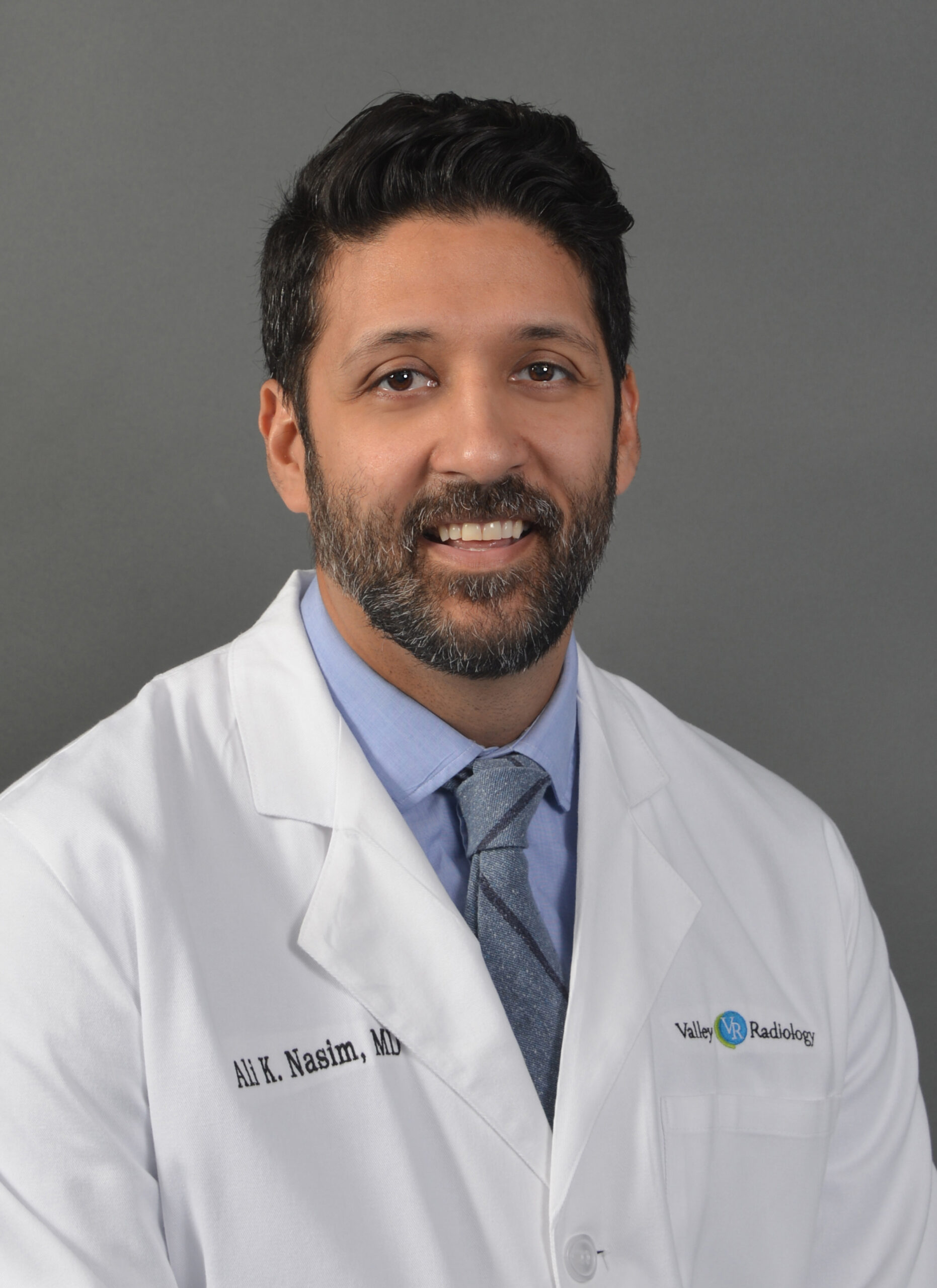
Ali Nasim, MD
Neuroradiology
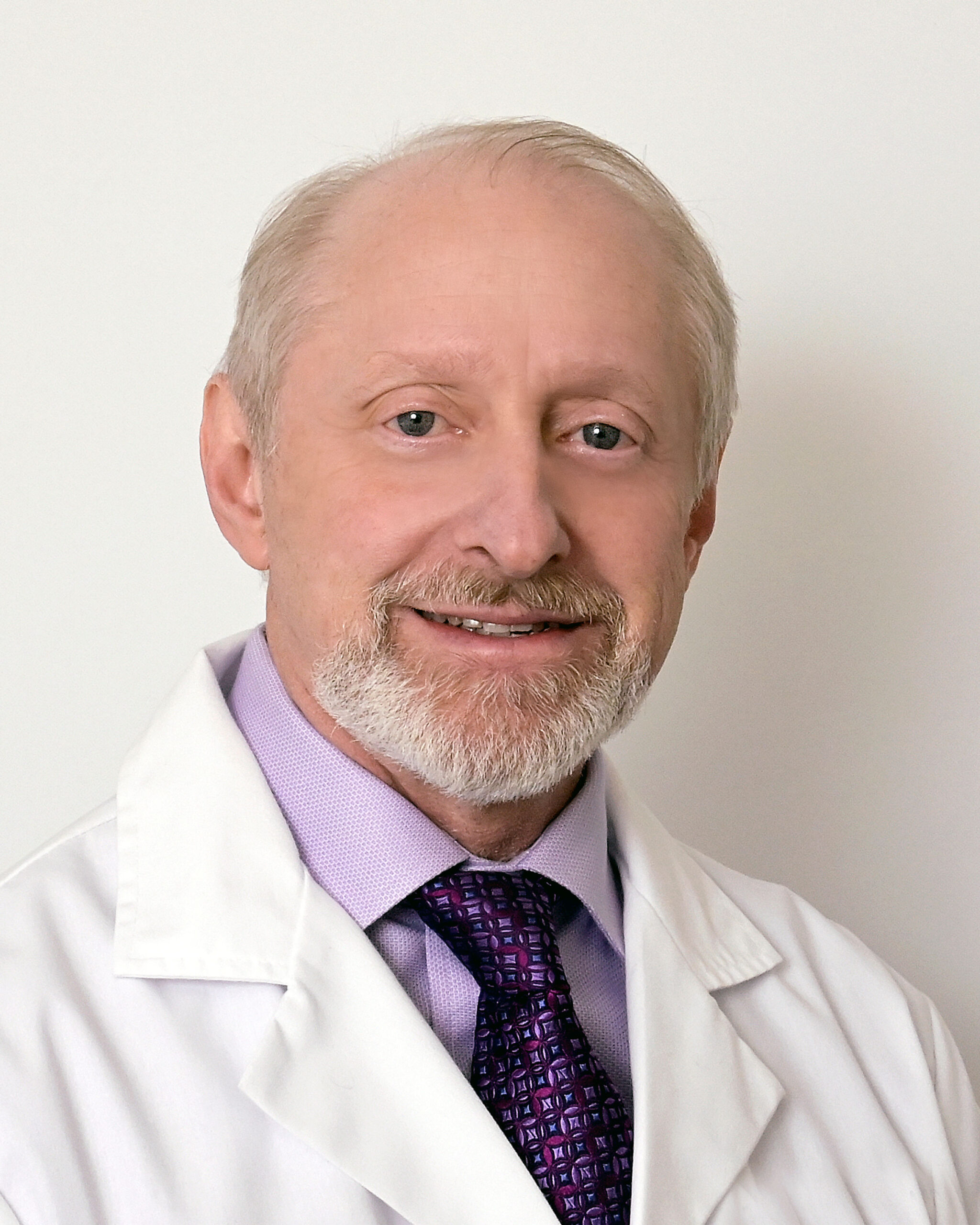
Bruce Distell, MD
Body/MSK

Carolyn Maynor, MD
Body Imaging
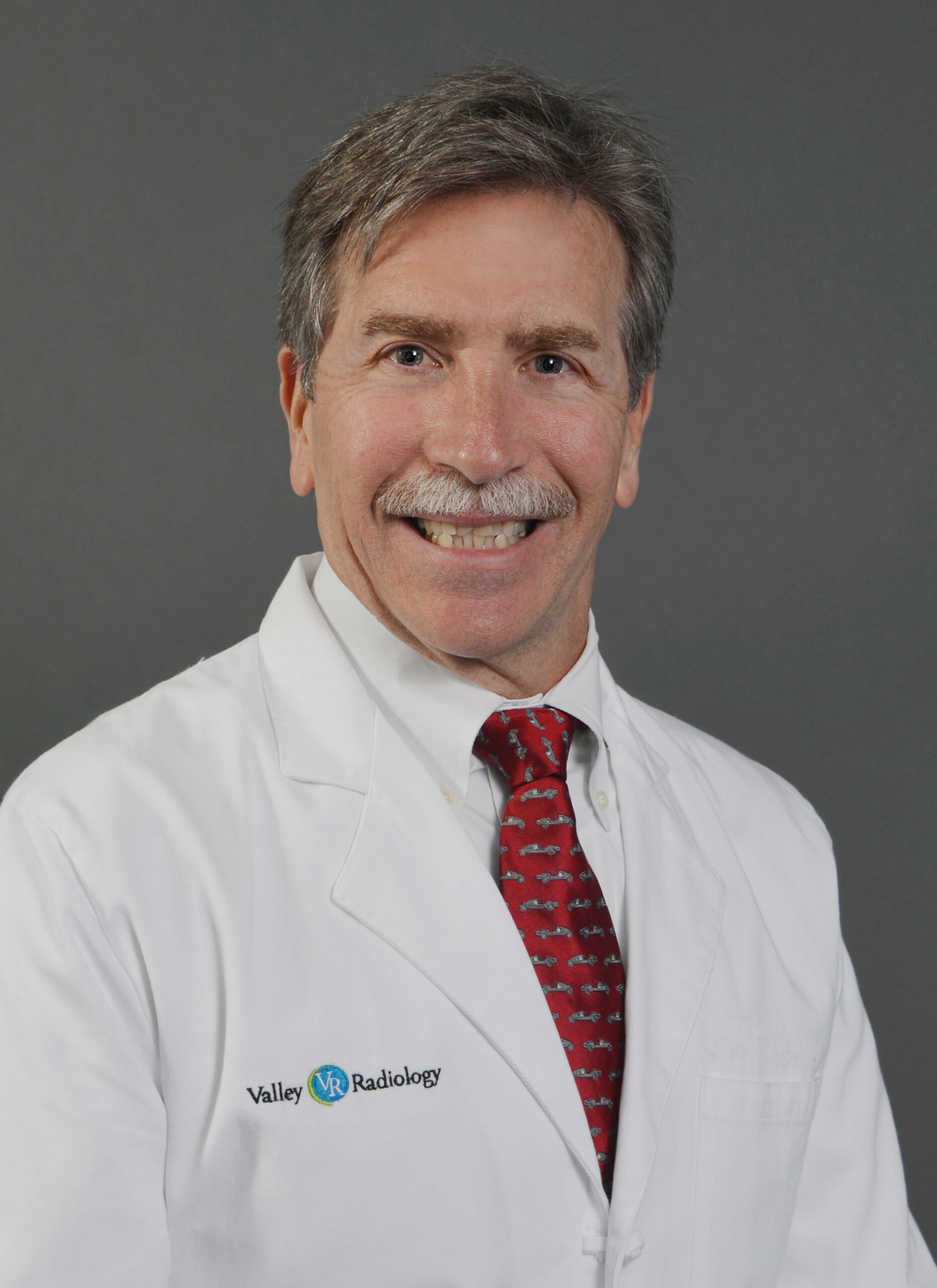
David Allison, MD
Body Imaging
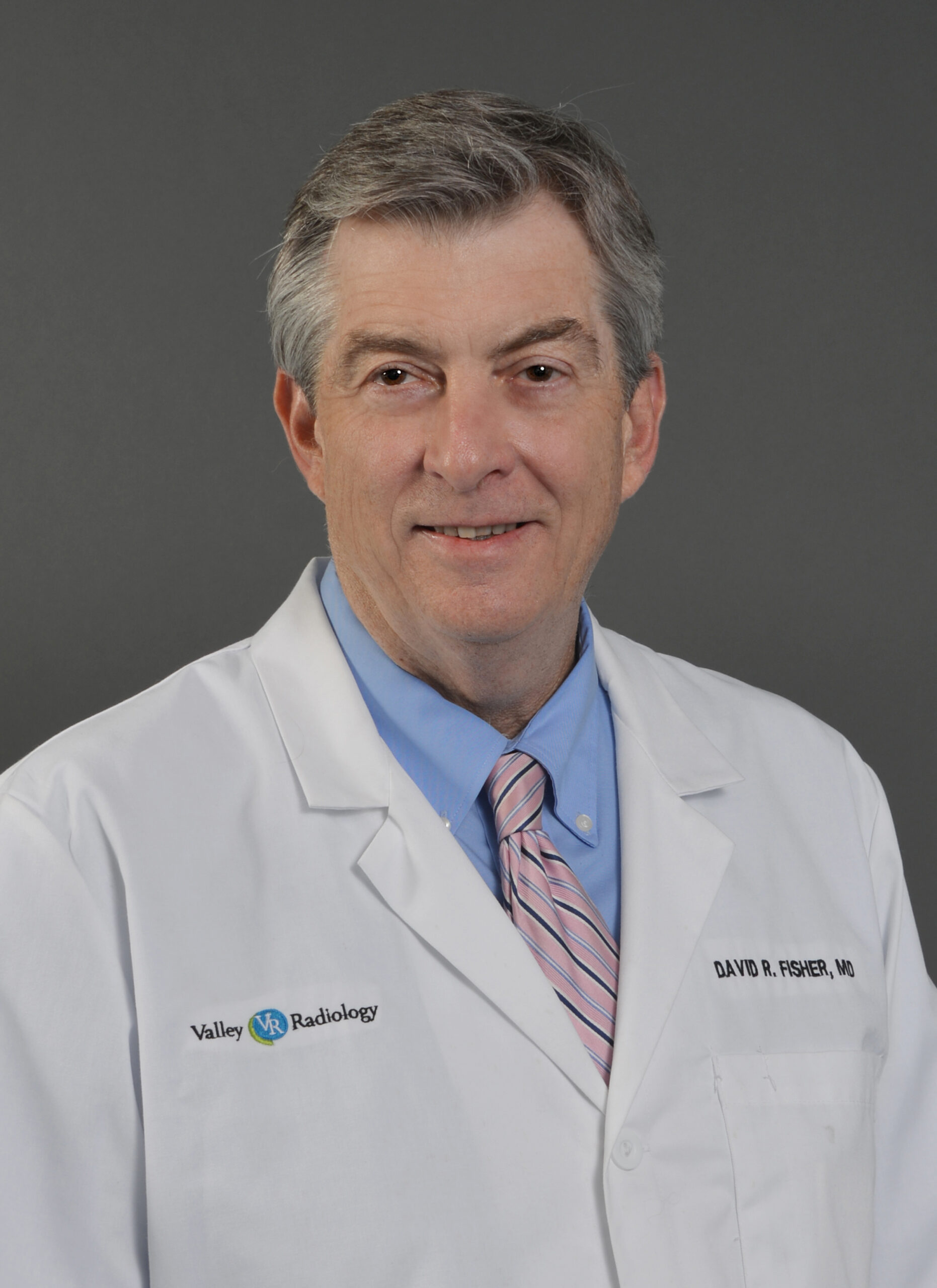
David Fisher, MD
Breast Imaging
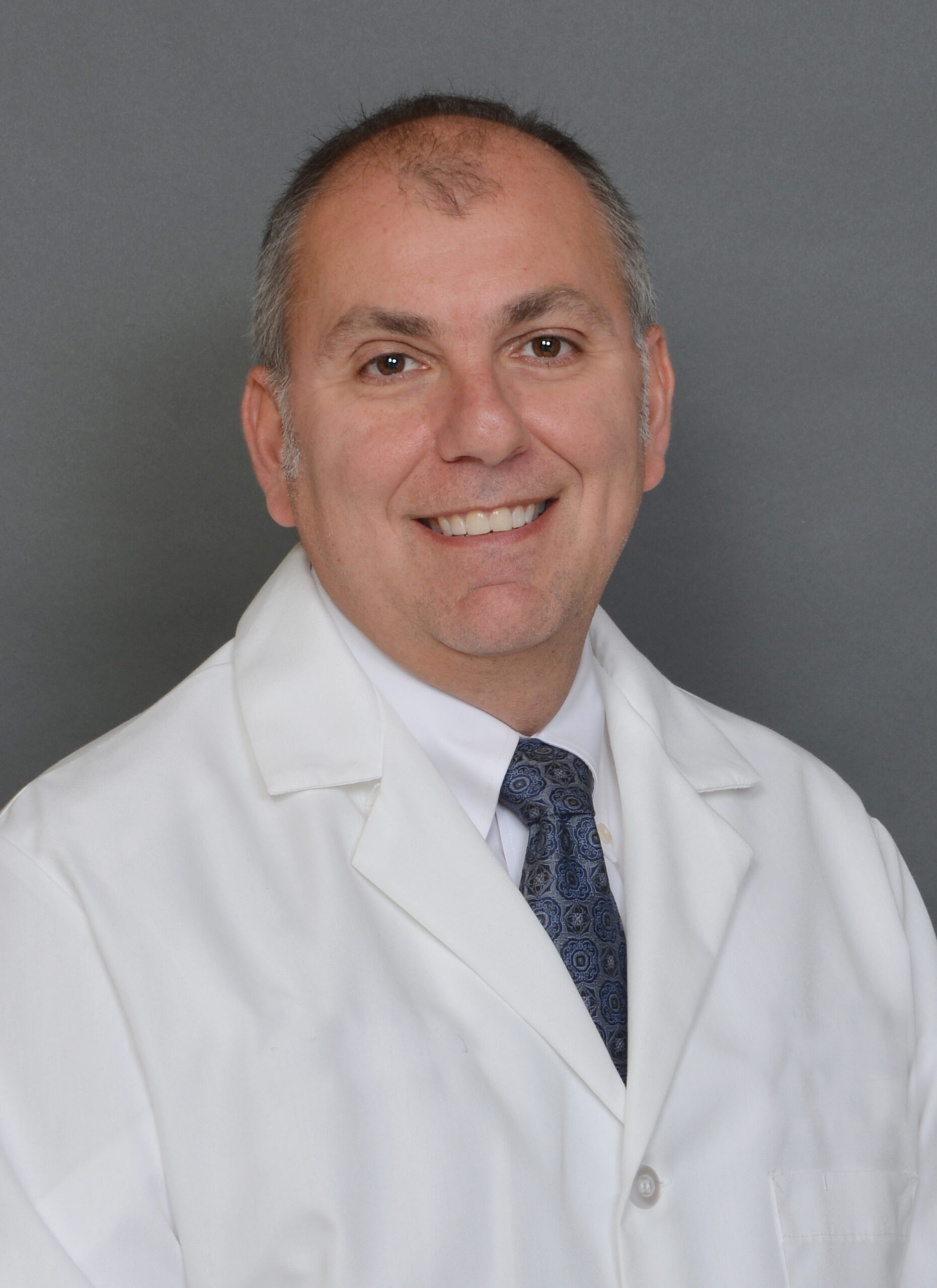
Demir Bastug, MD
Body Imaging

Dobrinka Dimitrova, MD
Breast Imaging
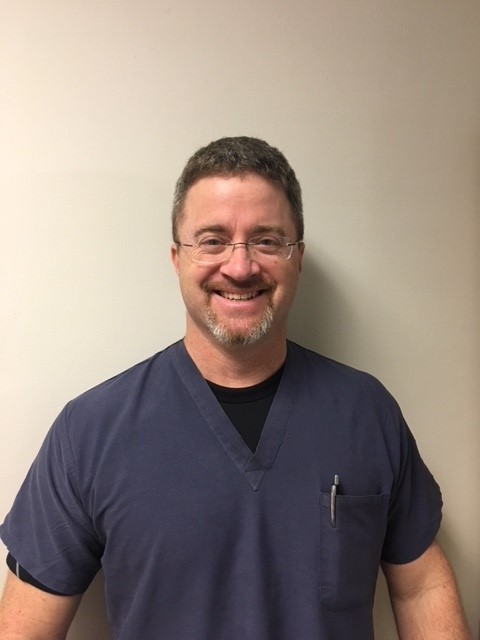
Douglas Vanderkooi, MD
Diagnostic Radiology
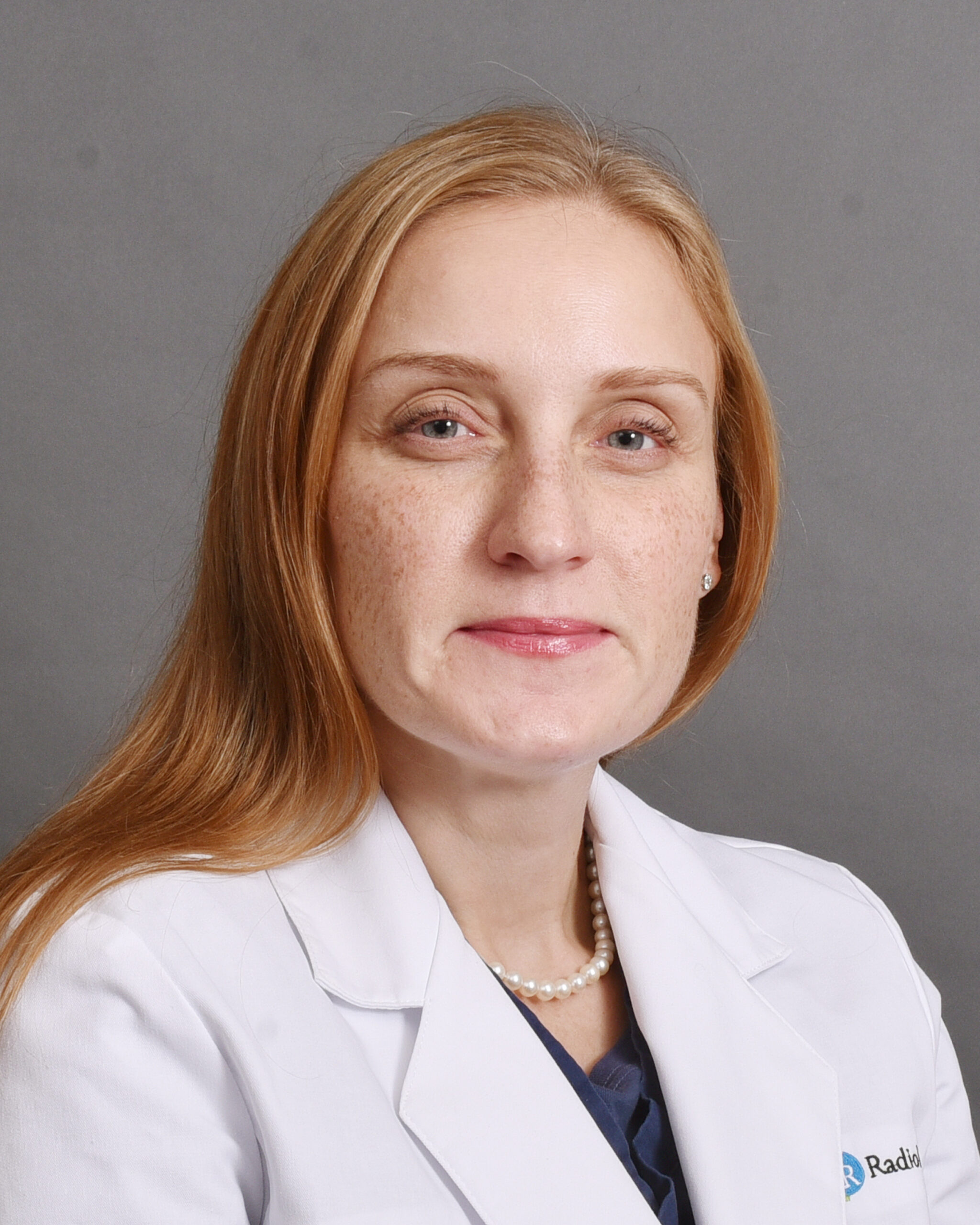
Ellie Pack, MD
Breast Imaging
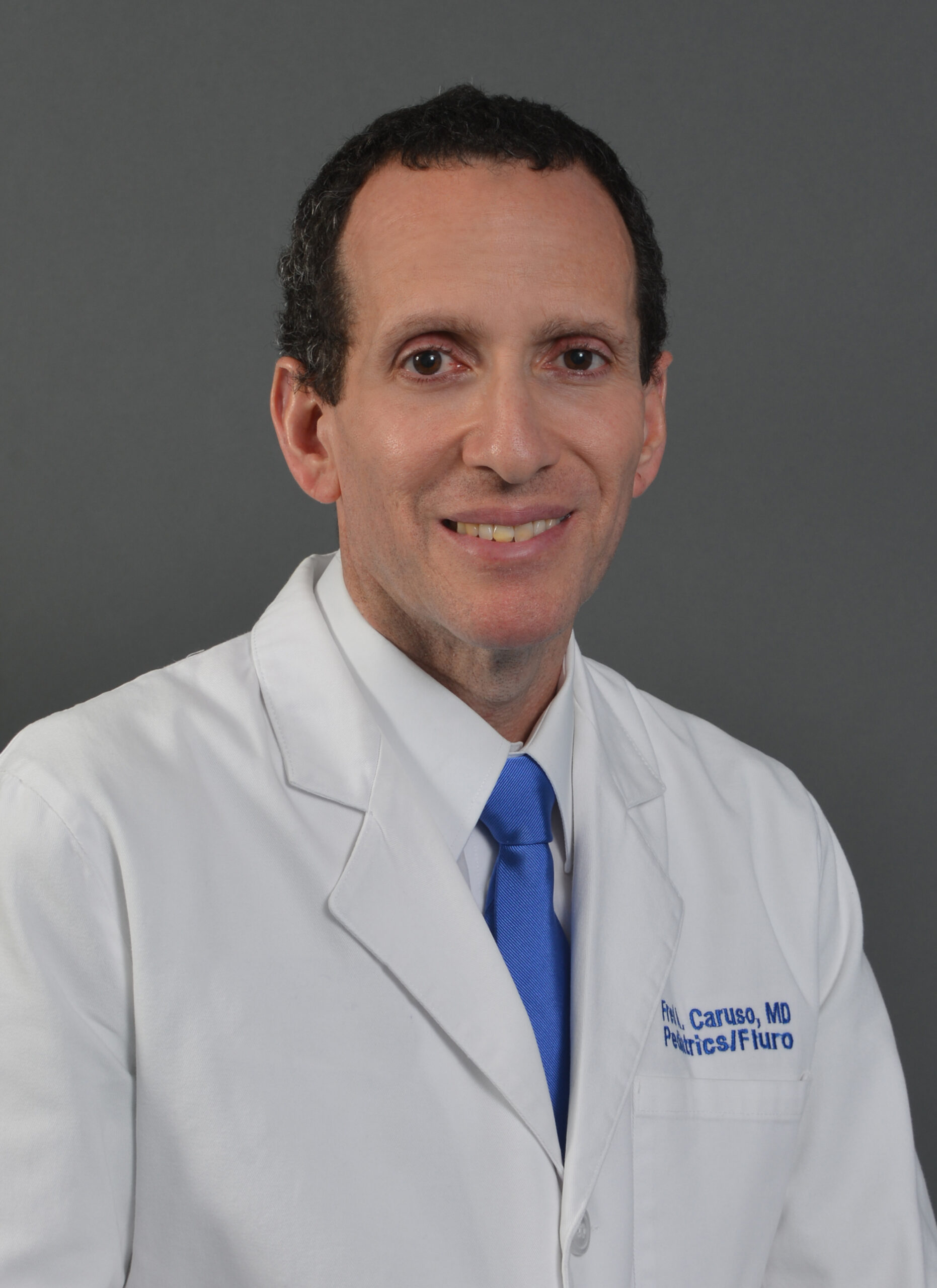
Fred Caruso, MD
Pediatric Radiology
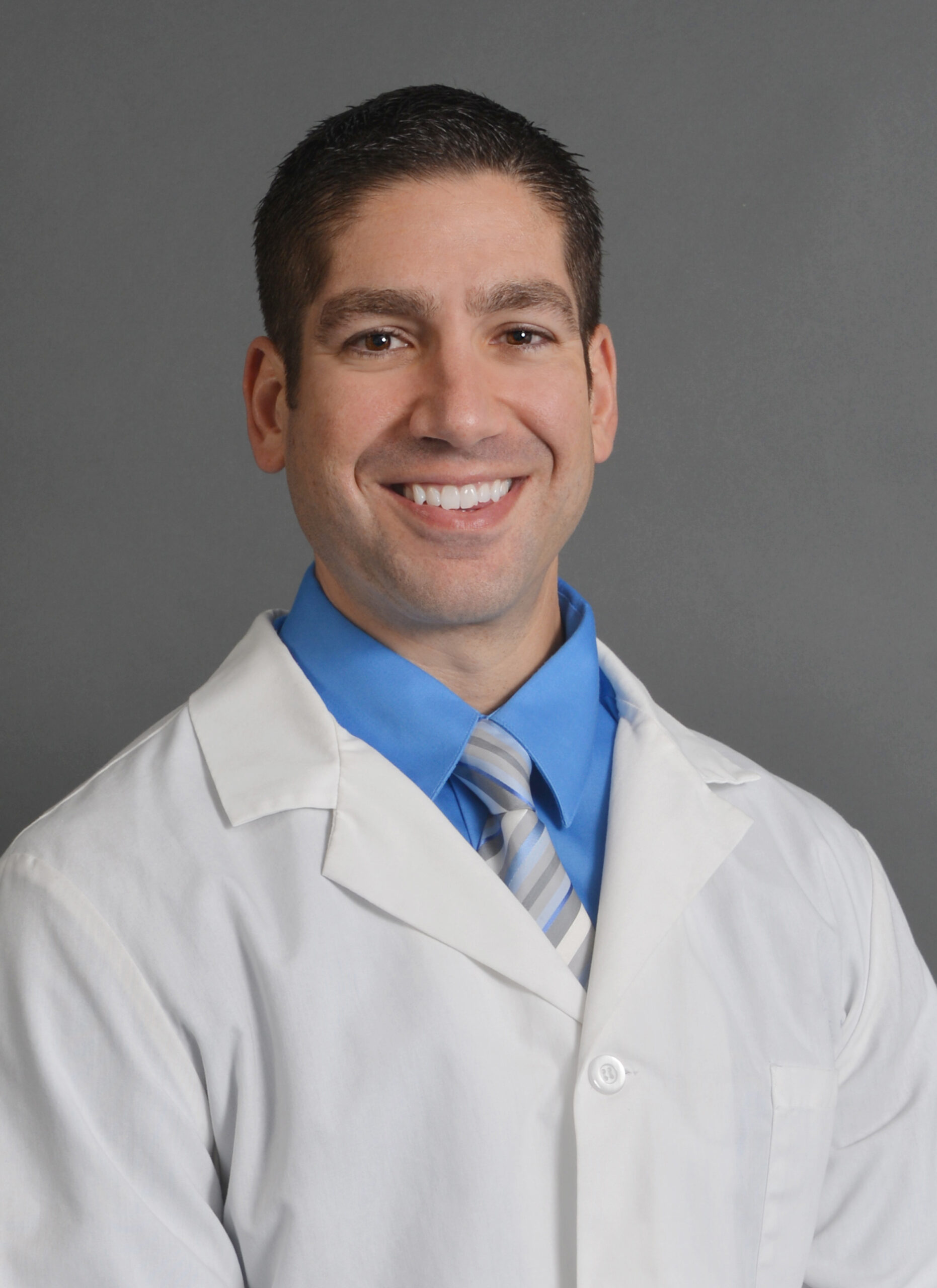
Harry Ameredes, MD
Breast/Body/MSK

Inga Edwin, MD
Body Imaging
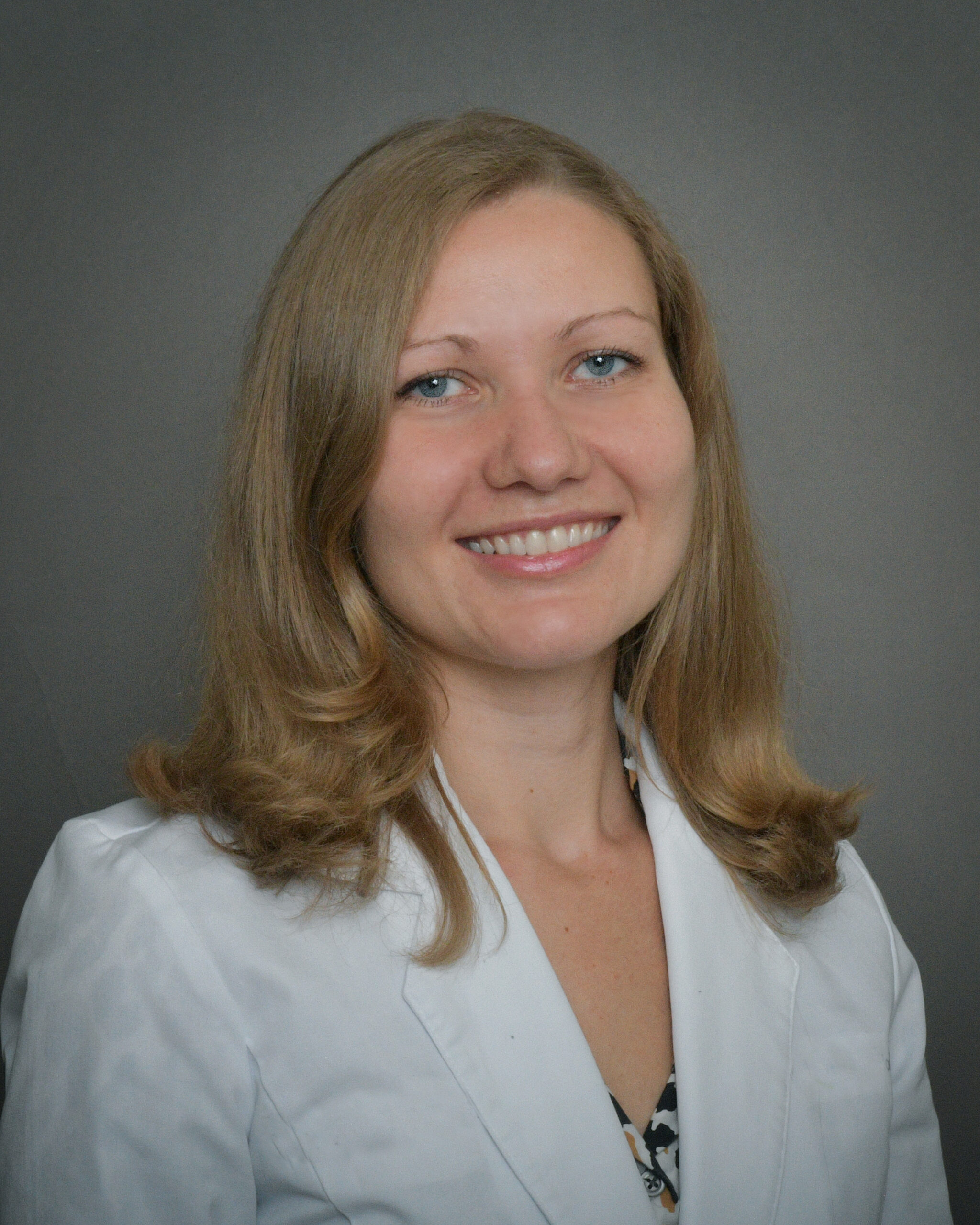
Irene Vasko, MD
Breast Imaging
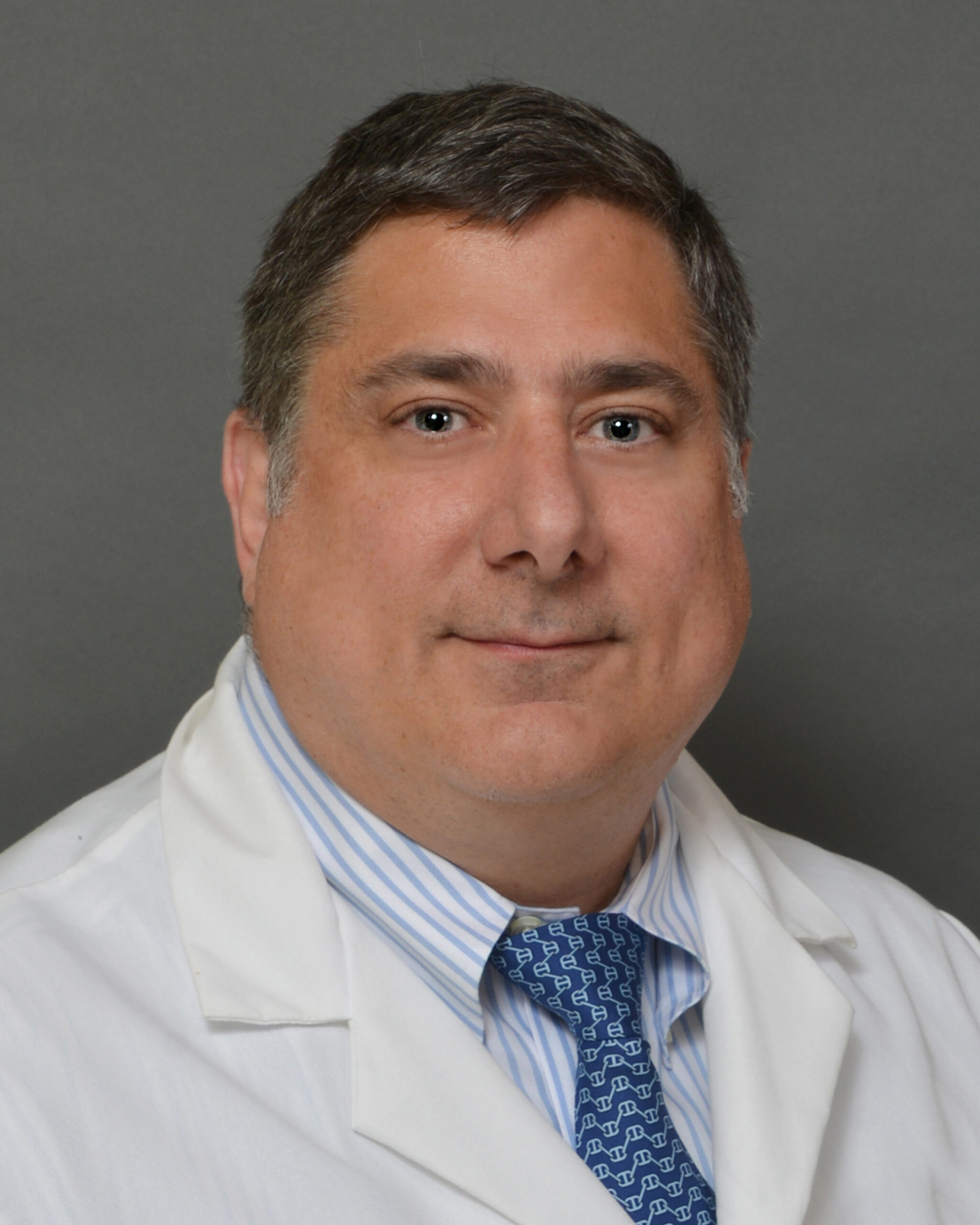
Jeffrey Kotzan, MD
Diagnostic Radiology

Kavya Reddy, MD
Neuroradiology

Keesha Shah, MD
MSK / Ortho
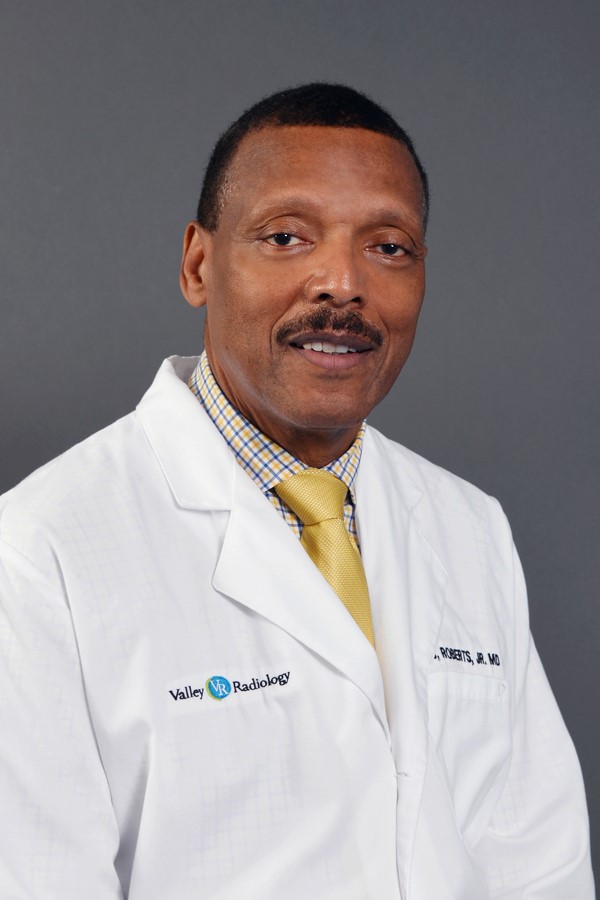
Leroy Roberts, MD
Diagnostic Radiology

Lydia Kuo-Bonde, MD
Pediatric Radiology
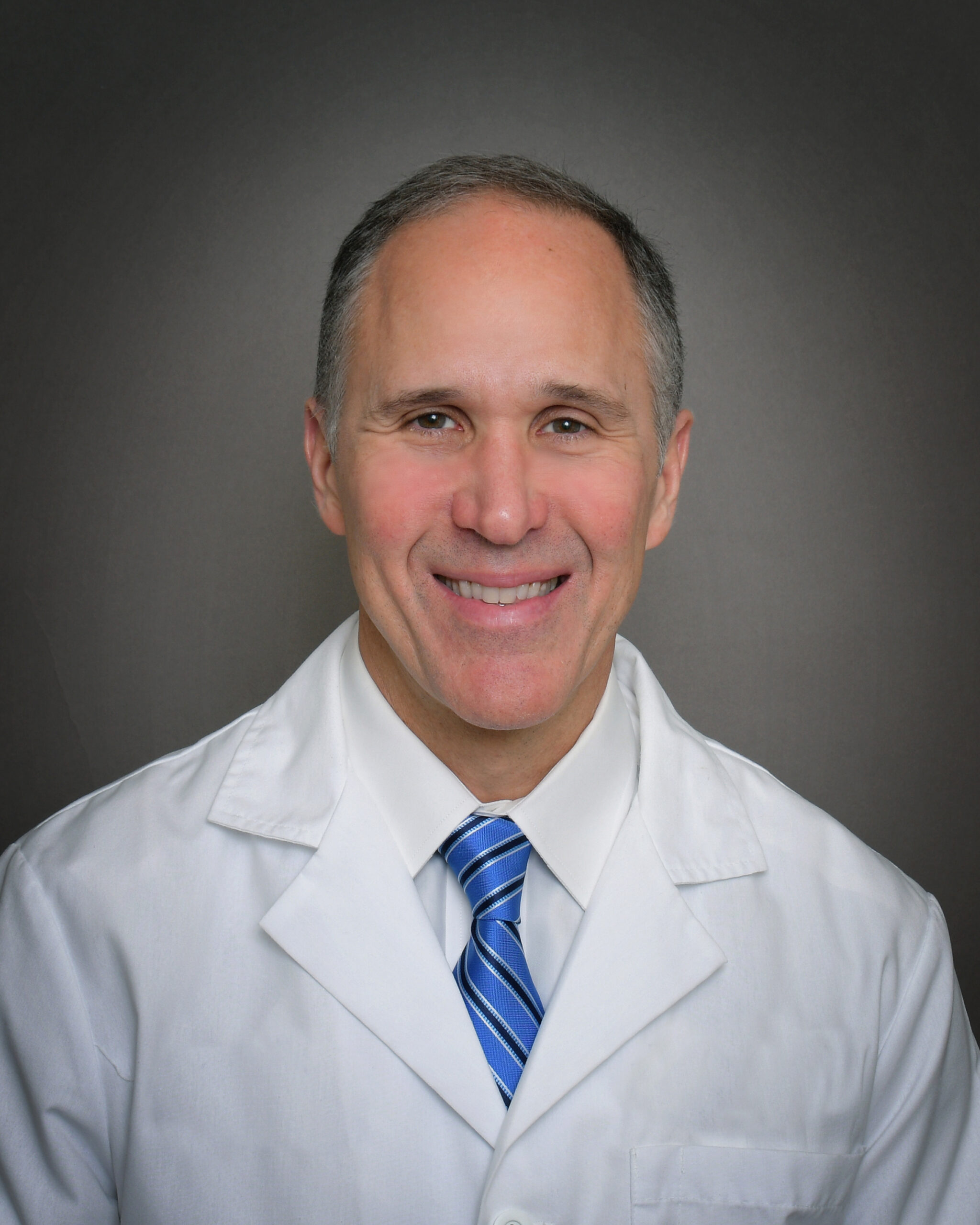
Mark Zalaznik, MD
Body Imaging
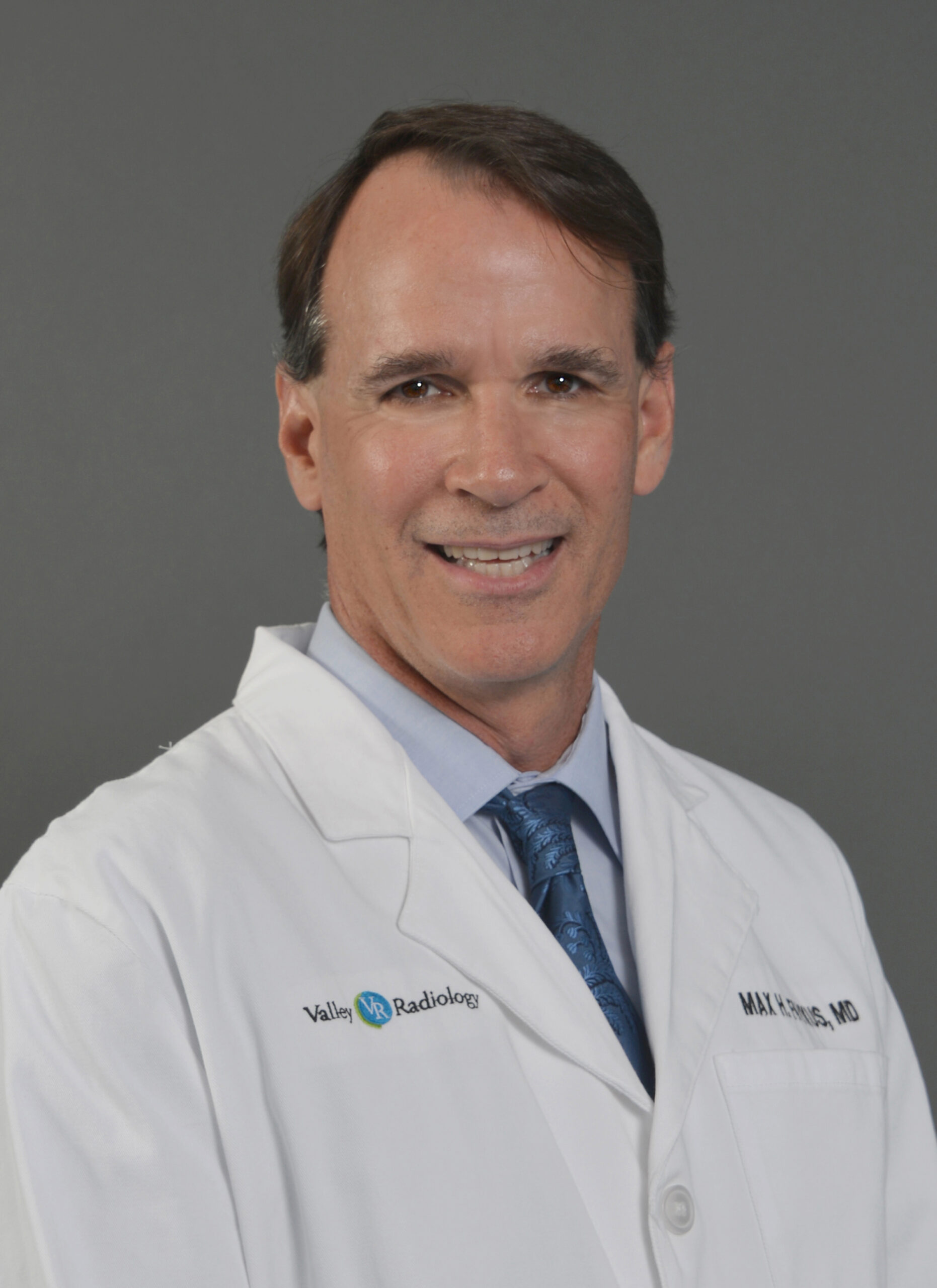
Max Faykus, MD
Body Imaging

Miki Hirano, MD
Breast Imaging

Nicholas Plundo, MD
MSK Radiology
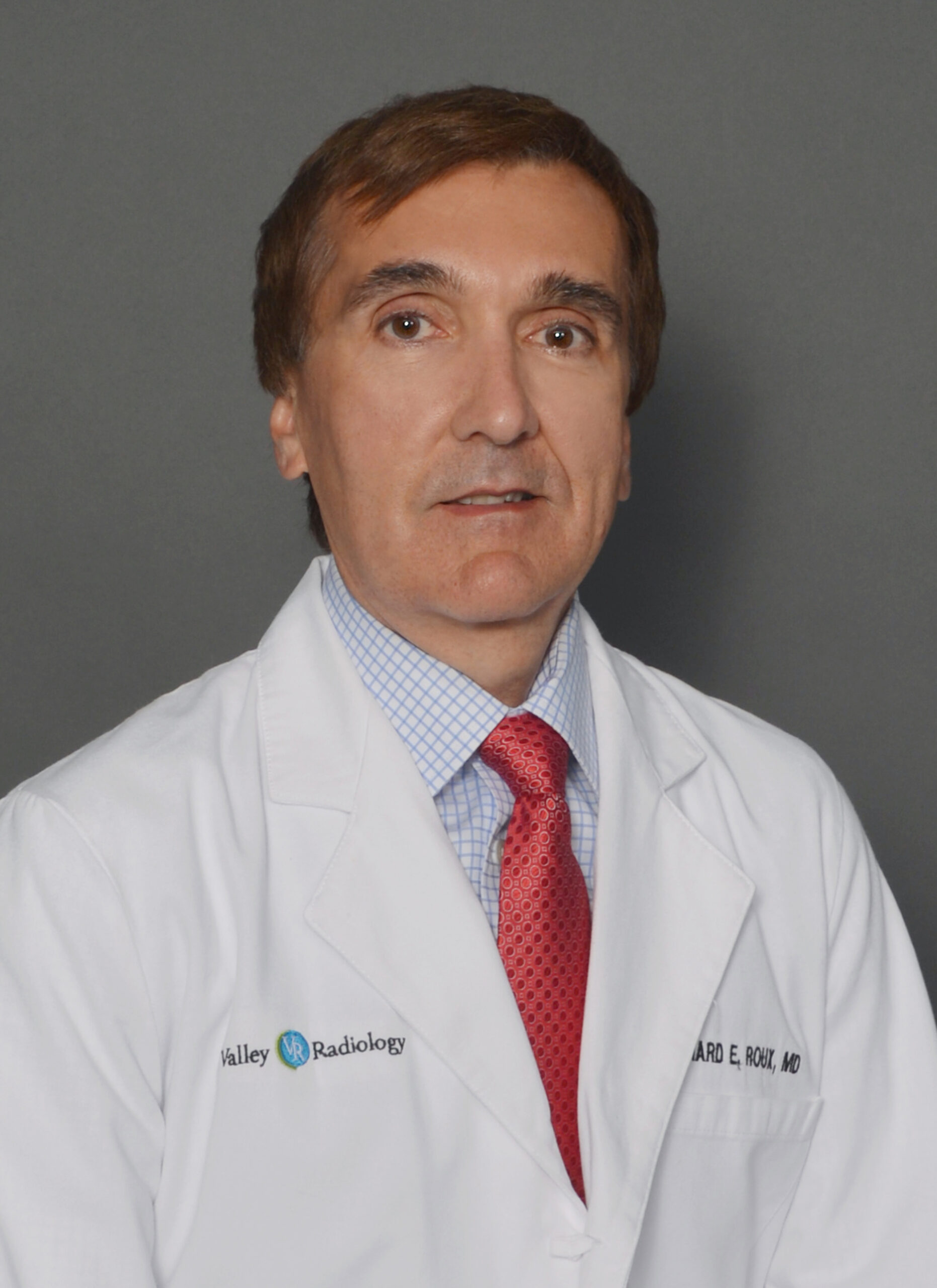
Richard Roux, MD
Body Imaging
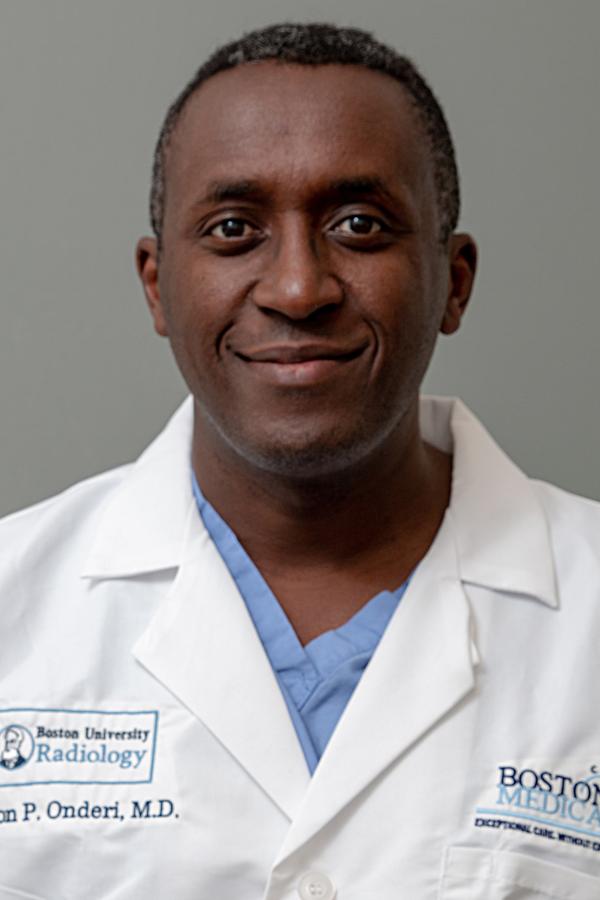
Simon Onderi, MD
Neuroradiology

Sylvia Gyapong, MD
Breast Imaging
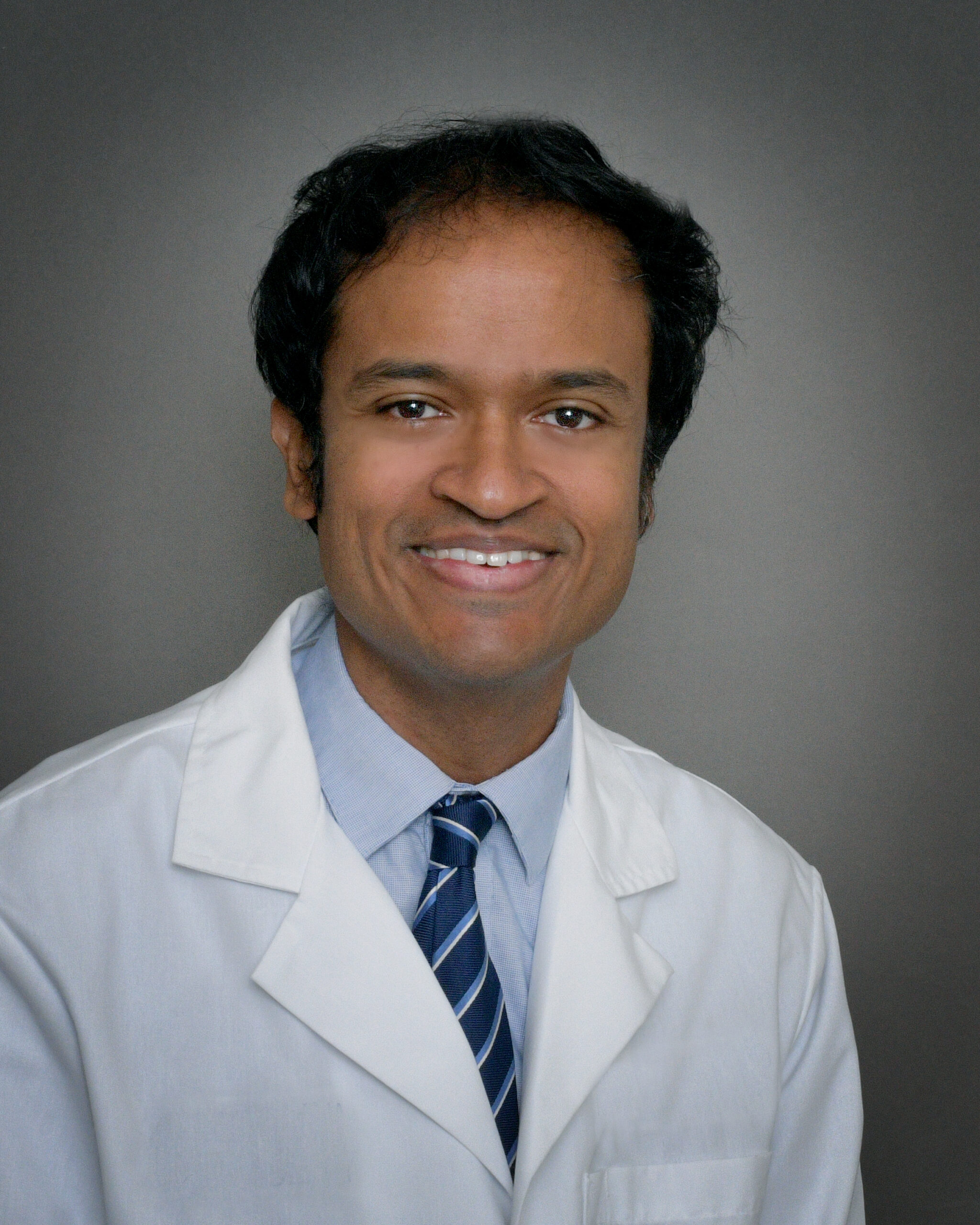
Tariq Rashid, MD
Breast Imaging
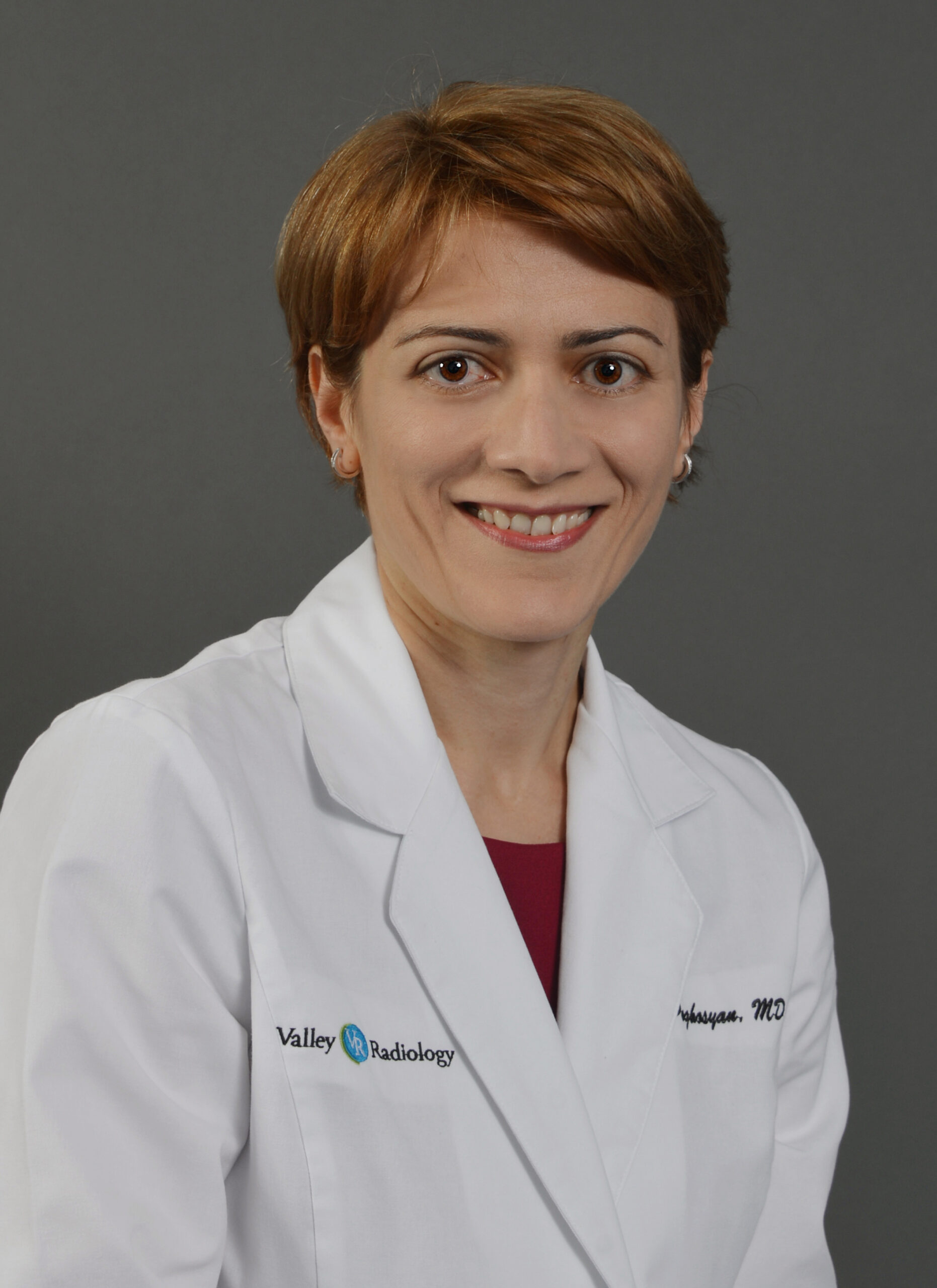
Tereza Poghosyan, MD
Body Imaging
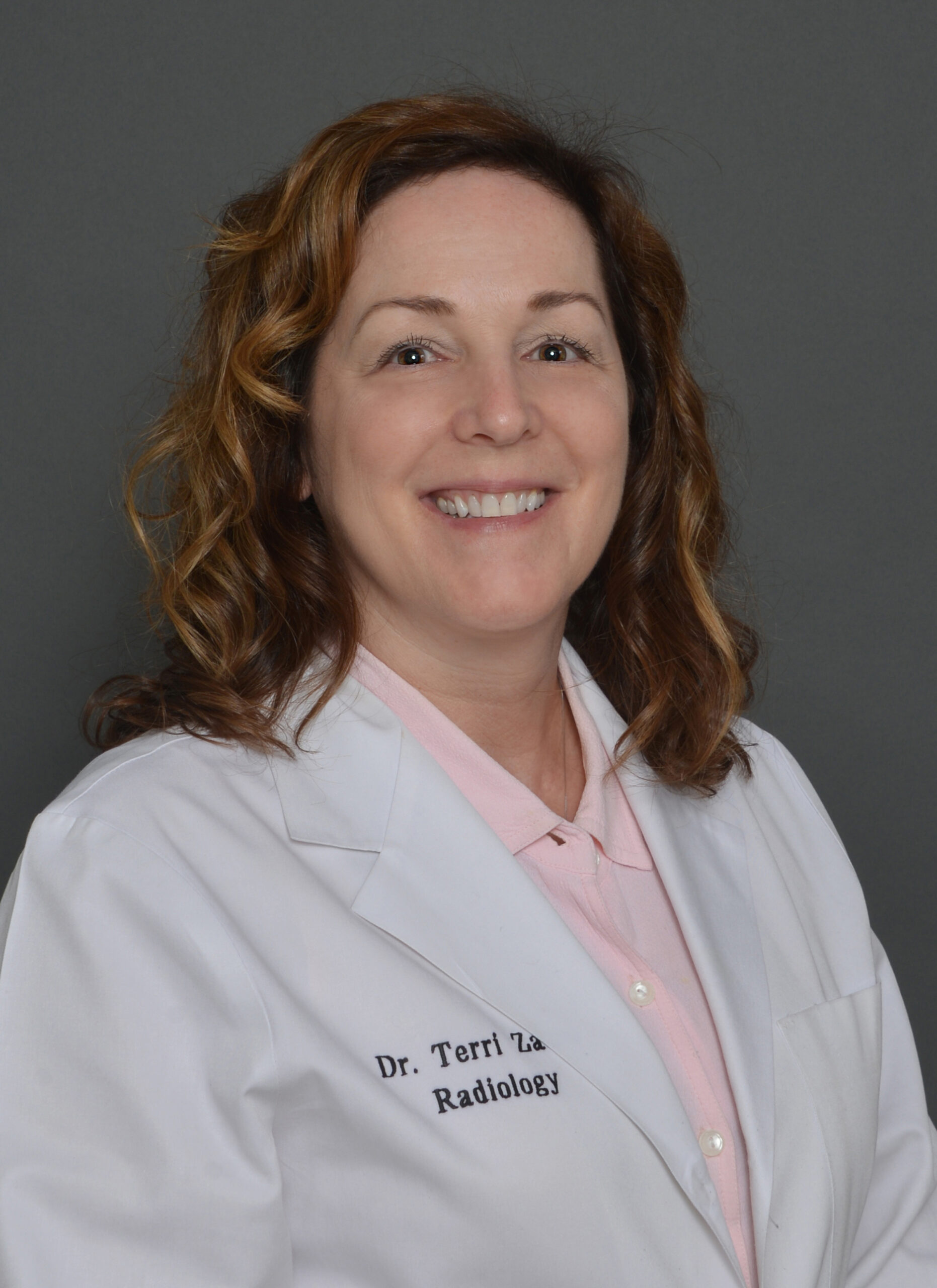
Tereza Poghosyan, MD
Body Imaging
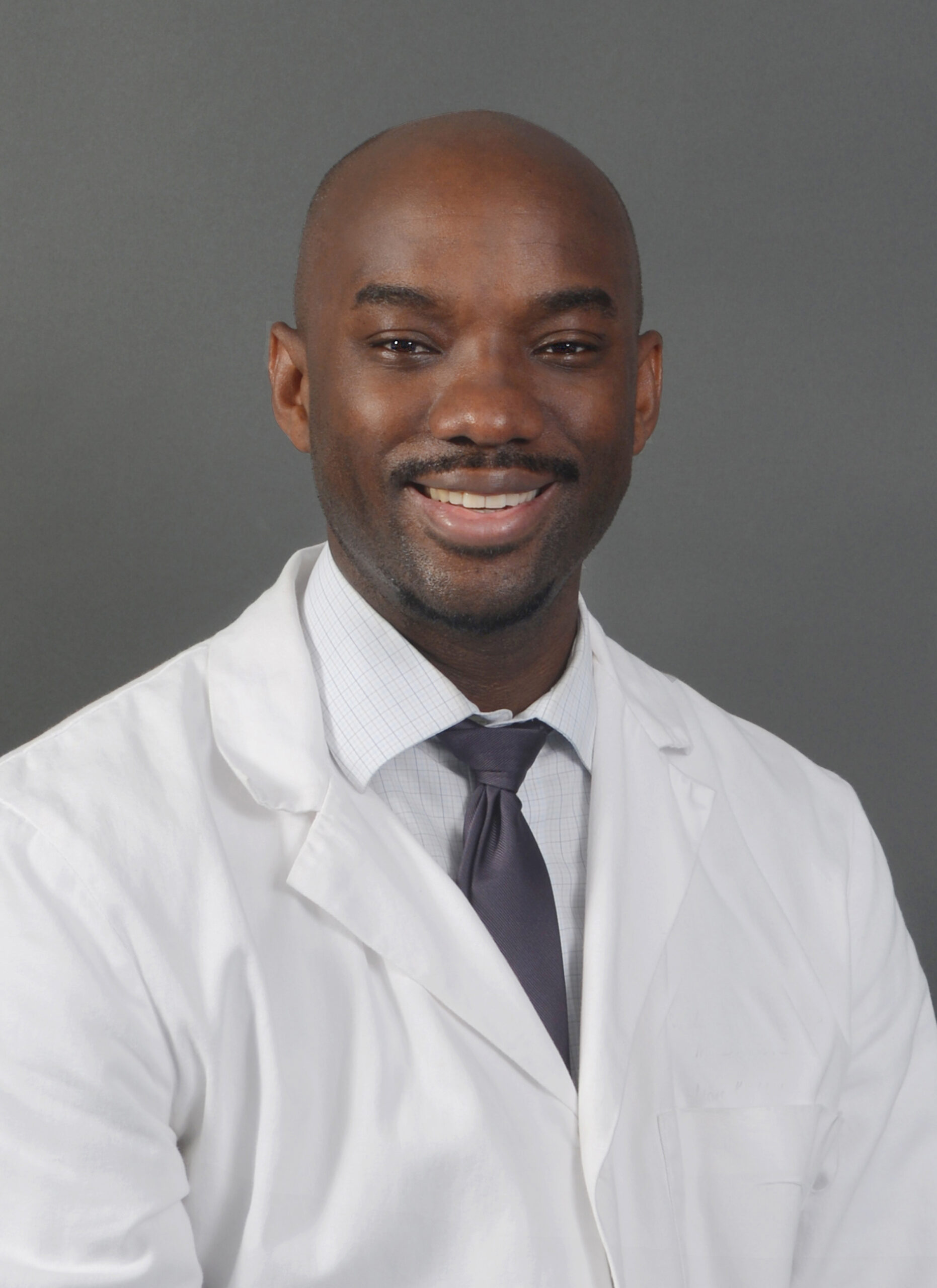
Watson Metzger, MD
MSK / Ortho
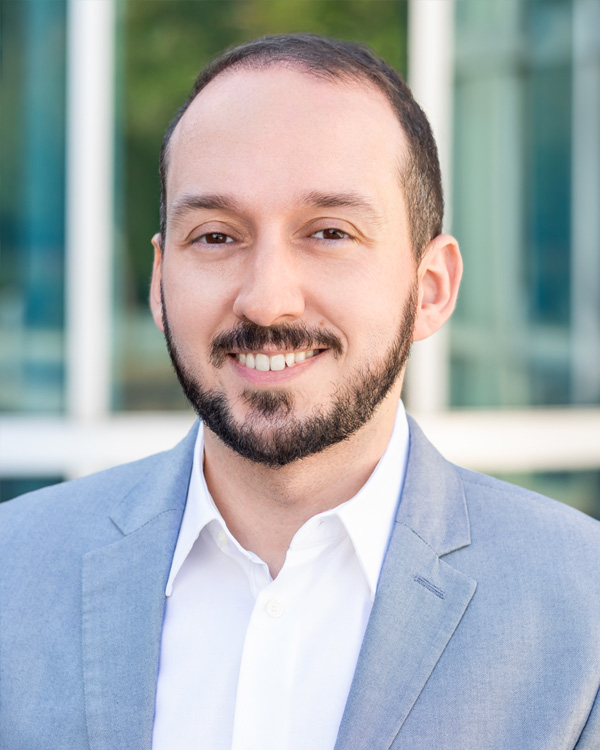
Alex Bibbey, MD
Abdominal/Breast Imaging
Frequently Asked Questions
Radiologists are medical doctors that specialize in diagnosing and treating injuries and diseases using medical imaging (radiology) procedures (exams/tests) such as X-rays, computed tomography (CT), magnetic resonance imaging (MRI), nuclear medicine, positron emission tomography (PET) and ultrasound.
Radiologists complete at least 13 years of training, including medical school, a four-year residency, and most often, an additional one- or two-year fellowships of very specialized training, such as radiation oncology, pediatric radiology, or interventional radiology. They are certified by the American Board of Radiology, and they have exacting requirements for continuing medical education throughout their practicing years.
A radiologist studies and interprets the images people have taken of various parts of the body in order to diagnose and treat patients. Radiologists can be onsite or offsite, but many people prefer onsite radiologists so they have the opportunity to interact directly with their radiologist.
It takes a skilled technologist and advanced technology to produce clear, high-quality images from a screening or diagnostic imaging exam. But it is the skilled training, experience and expertise of a specialty-trained radiologist to provide accurate answers for the proper diagnosis, treatment and care of a patients’ medical condition.
When it comes to radiology, there is more than meets the eye. While there are general fields of radiology, there are also specific subspecialties a radiologist can choose to specialize in after their regular schooling and training to become a radiologist. To specialize in one of these subspecialties, a radiologist must undergo additional training.
- Breast imaging: breast imaging focuses on radiology used to diagnose breast issues including mammograms, ultrasound, biopsies, and more.
- Body imaging: body radiologists employ imaging to diagnose and help other physicians treat diseases and conditions located in the chest and abdomen. These radiologists use many types of radiology to examine abnormalities and issues in all the major organs, except the heart.
- Musculoskeletal imaging: MSK radiology provides additional depth in the diagnosis and treatment of diseases or injuries of the joints, bones, muscles, and spine in both adult and pediatric patients.
- Neuroradiology: a subspecialty of radiology that focuses on the identification and diagnosis of issues related to the nervous system, spine, and head and neck using specific neuroimaging methods.
- Pediatric Radiology: pediatric radiologists specialize in the diagnosis of illnesses, injuries, and diseases found in infants, children, and teenagers using imaging.
- Interventional Radiology: interventional radiology uses minimally invasive image-guided procedures to treat diseases in the body. The idea is to be able to treat patients using less invasive methods.
- Cardiac Radiology: a cardiac radiologist interprets medical imaging to diagnose diseases related to the heart such as heart disease and other defects related to the heart.
